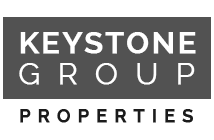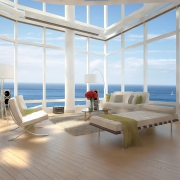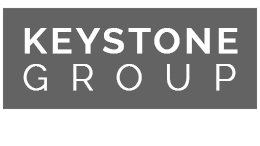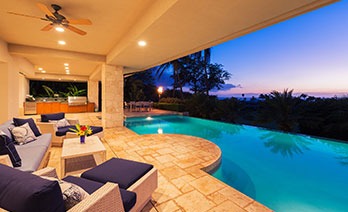After Housing Crash People Want New Styles of Houses
For information about Southern California coastal homes and exclusive Beverly Hills real estate, call Bob Cumming of Keystone Group Properties at 310-496-8122.
After Housing Crash People Want New Styles of Houses
By Hudson Sangree
As the real estate market starts to recover from its epic crash, home builders, especially those in hard-hit California, are betting that many buyers will want new houses that are different from the big suburban tract homes that proliferated during the boom.
They’re building houses intended to use no more electricity than they produce, houses with separate quarters for aging parents, and houses that are more compact and closer to jobs, shopping and restaurants.
These models target first-time buyers, growing families and downsizing baby boomers — all expected to be among the next wave of homebuyers.
“Coming out of this downturn, people don’t want more of the same,” said Gordon Jones, Northern California president of home building giant Lennar Corp. “They’re saying, ‘We’re not going to make the same mistake again.’ ”
For Miami-based Lennar, that means multi-generational housing. The company’s NextGen model has an attached apartment — with kitchen, laundry, garage and outdoor courtyard — for older parents, adult children who need to move back home, or extended-stay guests.
Recent buyer Ryan Wallace said he and his wife opted for a NextGen house in El Dorado Hills, Calif., so his parents, who live in British Columbia, could come for longer visits to see their children and grandchildren in Northern California.
“It allows them to have their own space and space for us as well,” Wallace said.
Their move to more than doubled their living area to accommodate a growing family.
Kari Chicoine and her husband are heading in the opposite direction — downsizing after their children left for college. They’re moving from a 3,300-square-foot house in El Dorado Hills, Calif., on 1.3 acres to a roughly 2,000-square-foot home in Folsom with a small courtyard.
Their future house is part of the fastest-selling new home community in the region with 21 sales in 11 weeks, according to a recent report by the North State Building Industry Association.
The appeal of the project is that the airy, modern homes — with combined kitchen, dining and living areas — use space efficiently and require little maintenance, said Chicoine.
The couple plans to have a fireplace and fountain in the courtyard, she said.
“With the upkeep of 1.3 acres and cleaning, we never had time to do everything we wanted to do,” Chicoine said. In their future home, with no lawn to mow and fewer rooms, “We can put our effort into making it our little personal Shangri-La and have time to travel.”
The other important factors, she said, is that the development is adjacent to a system of bike trails that traverse the area, and it sits across the street from a large shopping center with dozens of stores and restaurants.
Kevin Carson, president of The New Home Co., said the developer polled focus groups and found that lowering utility bills through energy efficiency was a prime goal for homeowners in coming years. So were features such as more windows, downstairs bedrooms and proximity to jobs and shopping.
The New Home Co., a California startup that opened in 2010, is focused on meeting those needs, he said.
“Home building is a dated industry. It really hasn’t kept up with the times,” he said. “You can’t just keep building houses and expect to have neighborhoods.”
People will also opt for smaller homes in the future, he predicted. “The economic downturn changed the mentality. People are not biting off more home than they can afford,” he said.
Also on the horizon: urban infill projects that take energy efficiency to a new level.
In downtown Sacramento, Calif., developers are putting the finishing touches on a home that they say will be a net-zero-electricity house — meaning it uses no more electricity than it produces with roof-mounted solar panels.
It’s intended as a model for a larger project to be built on an industrial site on the edge of an older, leafy neighborhood.
The first phase will include about 200 homes — from studio apartments to stand-alone houses, said project manager Kevin Smith.
Super-insulating walls, energy-saving appliances and LED lighting are meant to give the development “green” cache. Recycled glass counters, high-tech wiring and highly efficient use of small spaces will add to the appeal, he said.
“It’s an infill product,” said Smith, “for smaller households of empty nesters and young urbanites.”
Pacific Beach/Mission Beach Showcase of Homes



